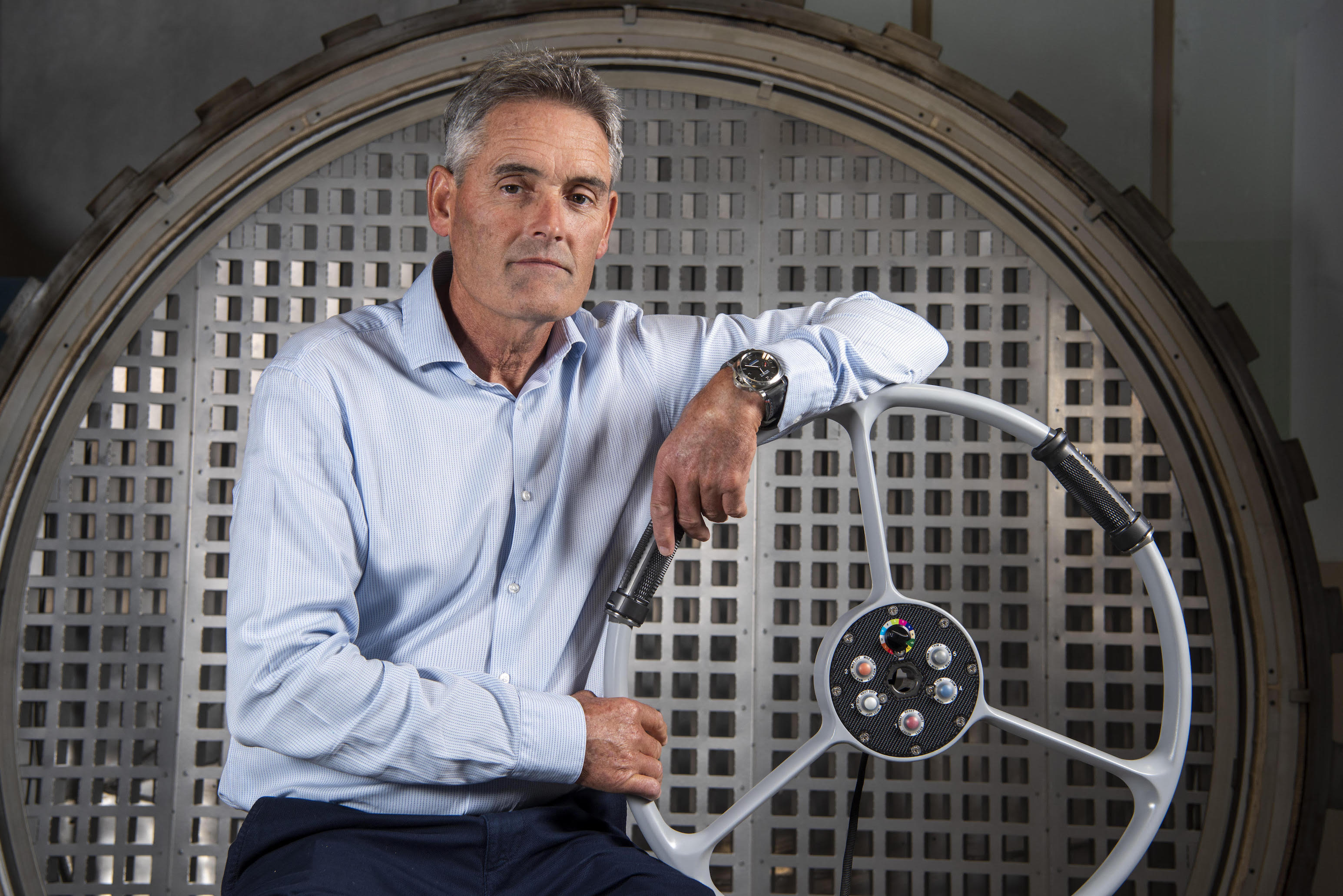Pride at stake
In an interview online, Sir Russell Coutts expounds on the launch of the new sailing circuit, SailGP.
Written by Justin Chisholm
05 October 2018
Advertisement
In an exclusive interview just published on a sailing website, Justin Chisholm interviewed Sir Russell Coutts following the launch of the new sailing circuit, SailGP.
New Zealand yachtsman Sir Russell Coutts is a man on a mission. The 56-year old Kiwi sailor – who has won more world championships than he can likely remember, along with an Olympic gold medal and five America’s Cups – is trying to transform professional yacht racing from its current niche status, into a widely-popular and self-sustaining sport.
He has had this vision for quite a while now and tried more than once to drag the sport that he loves kicking and screaming into the mainstream spotlight. Now though with the glitzy launch on a balmy night in London on Wednesday of SailGP – a new international professional sailing league – Coutts looks set to see his long-held dream become a reality.
Advertisement
To pull all this together Coutts enlisted the help of his long-time collaborator, billionaire businessman Larry Ellison, with whom he won two America’s Cup with Oracle Racing – the team named for the global technology company Ellison founded and still runs.
Coutts says Ellison was keen to get involved with the SailGP concept after losing the America’s Cup to Emirates Team New Zealand in Bermuda in 2017.
“Larry called me and asked me if I wanted to do the America’s Cup again,” Coutts said. “When I told him I didn’t, he said he didn’t want to either and suggested we should do something new.
“He loves sailing as much as I do and so we talked about the possibility of creating a proper professional sailing series. He agreed to underwrite it so that we could do it properly.
“Larry’s belief was that we have learned so many lessons together over the last ten years that we have a really good chance of creating something successful.”
Coutts has made no secret over the years of his desire to create such a sustainable professional sailing league, but now believes that the experience gained in the three America’s Cup cycles will prove vital to bringing SailGP to fruition.
“I think that if I had been doing this 10 years ago, I don’t think we would have been making as many of the right decisions,” he said. “Now we have realised what works: in a broadcast sense, in an events and hospitality sense, on the branding and how we market an event like this.
“All of these things have evolved over time and it is hard when you are first getting into a new business to make all the right decisions, so I really think we stand a better chance at this today than we would have ten years ago.”
During the last America’s Cup Coutts and Ellison tried to corral the teams into signing a framework agreement that would keep the Bermuda format for the next couple of Cup cycles. Now though he believes it could never have worked as well as he expects the new SailGP concept will do – for two main reasons.
“We knew five years ago that it needed a strong nationality component,” he said. “Larry feels really strongly that the racing needs to be close if it is going to be compelling. If the racing is spread out and one boat is much faster than another one, then it kind of destroys the racing.
“[With the America’s Cup teams] we would never have agreed a nationality rule in that format and they would never have agreed to go one-design. We would never have agreed a lot of the things we are doing now.
“What we have with SailGP an idea totally without any handcuffs on.
This is a blank sheet of paper and making what we believe are the best business decisions based on our experience and what makes logical business sense.”
Although they are each slightly different, the new SailGP F50 catamarans have been tightly equalised to the point where the fleet can to all intents and purposes be considered one-design from a performance and operational point of view.
Battery power will be used to drive the flight control system which will be managed by a ‘pilot’ crewmember using a small joystick. The two grinders in the crew will the supply power to control the massive sail plan which includes a gigantic hard-wing mainsail and a conventional soft-sail jib.
Another development is that the angle of attack of the rudder foils can now be dynamically controlled while racing, rather than set in advance as it was on the AC50s. This new functionality is expected to drive a significant performance improvement as well as making the boats somewhat safer to sail.
“It’s at a price point so that it is achievable that these teams can grow brand equity over time and even if an owner tired of being involved, that team would continue to exist. It might be sold or traded, but the team would continue to exist – which how most other professional sports operate.”
yachtracing.life
Advertisement
Advertisement
Advertisement



